1. Smart Contract Optimization
AI is being leveraged to make smart contracts more efficient and secure. By analyzing contract code and network conditions, AI can identify inefficiencies or bugs in smart contracts before deployment. Machine learning models help optimize gas fees by predicting network congestion and timing transactions when costs are lower. AI can also enable smart contracts to adapt to real-time data (via oracles), making contract execution more dynamic and context-aware. Overall, integrating AI into smart contract development and auditing improves performance, reduces manual errors, and enhances security.
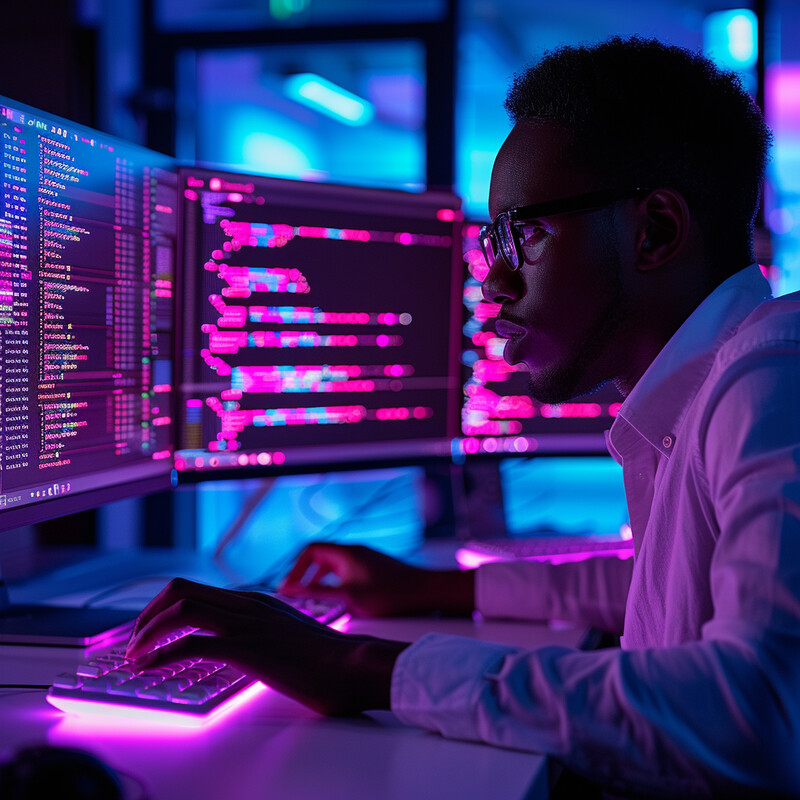
One prominent example is the use of AI in automated smart contract auditing. In 2025, Ernst & Young reported that integrating AI into its smart contract review system cut analysis time by over 50%, while increasing code coverage and bug detection beyond what manual reviews achieved (Ernst & Young, 2025). The AI-powered tool uses natural language prompts and a library of past contract tests to simulate various scenarios, catching vulnerabilities more efficiently. This demonstrates how AI optimizes smart contract verification, allowing businesses to deploy contracts faster and with greater confidence in their reliability.
2. Fraud Detection
AI plays a critical role in detecting fraudulent or anomalous activities on blockchain networks. Advanced algorithms can sift through vast numbers of transactions and user addresses to spot patterns indicative of fraud, such as money laundering or Ponzi schemes, far faster than manual methods. Machine learning models (including deep neural networks) analyze transaction graphs and histories to flag suspicious behavior in real time. AI-driven fraud detection systems continuously learn from new fraud patterns, improving their accuracy over time. By catching illicit transactions or scams early, AI enhances the security and trustworthiness of blockchain-based financial systems.
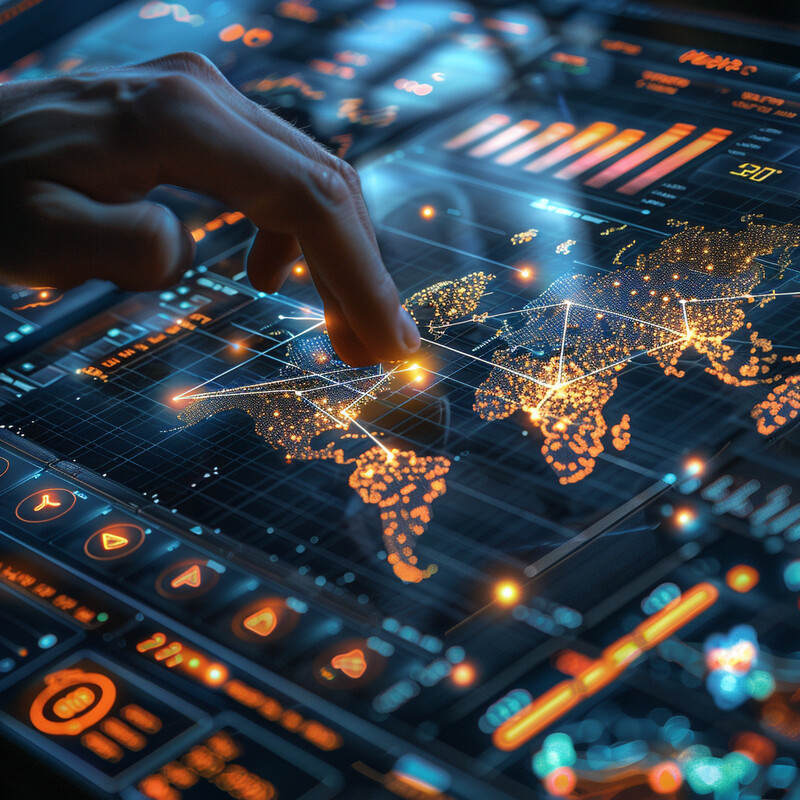
Recent research highlights the effectiveness of AI in blockchain fraud detection. A 2025 study applied a graph convolutional network (GCN) to Bitcoin transaction data and achieved 98.5% accuracy in classifying illicit transactions – significantly outperforming prior models (Asiri & Somasundaram, 2025). The GCN-based approach was able to learn complex transaction network features, resulting in a high true-positive rate for detecting money laundering and other illicit transfers while keeping false positives low. Such results underscore how AI techniques can dramatically improve the precision of fraud detection in cryptocurrency networks.
3. Energy Efficiency
AI contributes to making blockchain operations more energy-efficient, especially in mining and transaction processing. In proof-of-work blockchains like Bitcoin, AI algorithms help optimize when and where mining machines operate to minimize energy cost and waste. For example, AI systems can predict electricity price fluctuations and pause mining during peak rates, resuming when cheaper or surplus power is available. Machine learning also assists in optimizing hardware performance – dynamically adjusting mining rig settings (like overclocking or cooling) to maximize work per watt and prolong hardware lifespan. By intelligently scheduling and managing resources, AI ensures blockchain networks maintain security and throughput while using less energy.
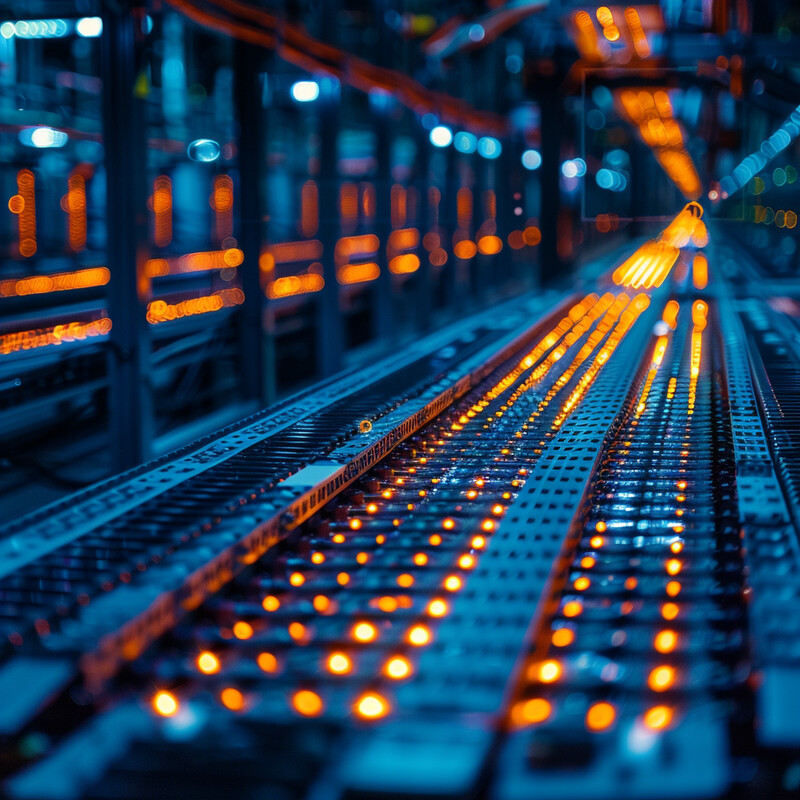
The adoption of “AI-informed” mining strategies is already showing notable efficiency gains. In 2025, major mining firms began using AI to implement “responsive mining,” which adjusts mining activity based on real-time energy conditions (Kamsky, 2025). This approach includes pausing mining rigs when grid demand is high or energy prices spike and concentrating operations during off-peak, lower-cost periods. Some advanced Bitcoin mining facilities that co-locate with AI data centers have reported power usage effectiveness (PUE) as low as 1.1 – significantly better (more efficient) than typical data centers – by intelligently sharing cooling and power between AI and mining workloads. These developments indicate that AI-driven optimizations can substantially reduce the energy footprint of blockchain infrastructure.
4. Scalability Solutions
AI is being explored as a means to improve blockchain scalability. Blockchains often face limitations in transaction throughput and latency, and AI can help alleviate these by optimizing how data is processed and transmitted. For instance, machine learning models might predict network congestion and suggest adjustments to block sizes or timing to maintain performance under heavy load. AI can also assist in more efficient sharding (distribution of blockchain data across nodes) by learning usage patterns and allocating resources accordingly. Additionally, intelligent routing algorithms can determine which transactions or records to handle on-chain versus off-chain to reduce unnecessary blockchain load. Through these methods, AI acts as an optimization layer that can bolster the capacity and speed of blockchain networks.
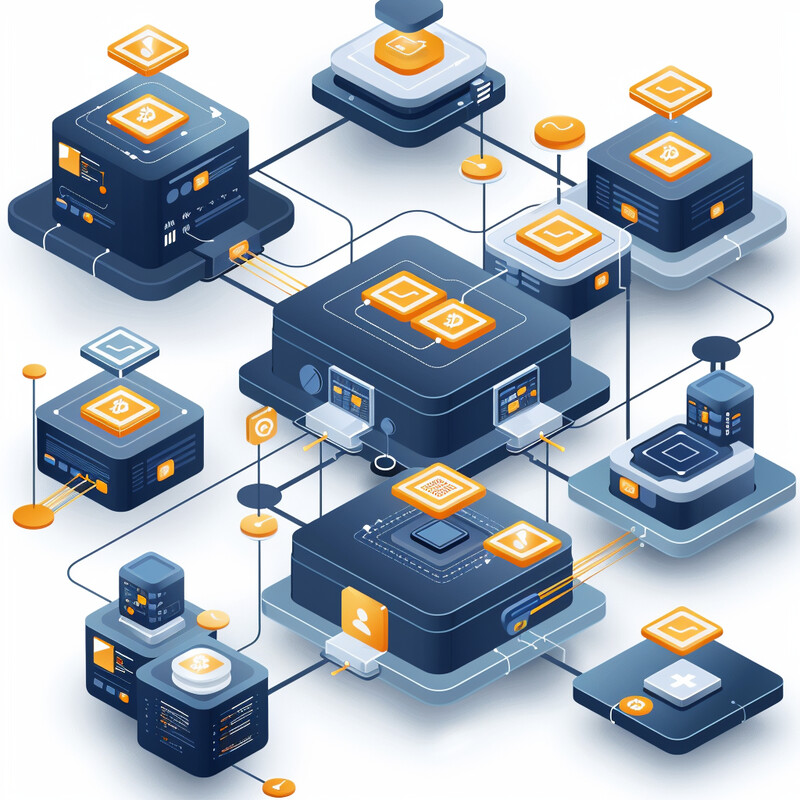
Researchers have noted that AI-driven techniques show promise in enhancing blockchain throughput and efficiency. A 2025 review of emerging technologies concluded that machine learning can optimize consensus protocols and resource allocation, potentially increasing transaction processing speeds and reducing confirmation times (Choi & Kim, 2025). For example, AI can help a blockchain dynamically adjust how it selects validators or orders transactions based on network conditions, thereby lowering latency. While care must be taken to maintain decentralization, the study highlights that properly tuned AI algorithms could significantly improve a blockchain’s transactions per second (TPS) and responsiveness without compromising security. This points to a future where blockchains autonomously self-optimize for better scalability.
5. Market Prediction Models
AI models are widely used to analyze blockchain market data and predict trends, aiding investors and traders. These models ingest large volumes of information – from historical price charts and on-chain transaction metrics to social media sentiment – to forecast cryptocurrency price movements or volatility. Techniques such as deep learning (e.g. LSTM neural networks) can capture complex patterns in how market variables interact, often detecting signals that humans might miss. AI-driven market predictions can inform trading algorithms, enabling automated trading strategies that react quickly to predicted market changes. In essence, AI serves as an intelligent analytics engine, improving decision-making in the highly dynamic and data-rich crypto markets.
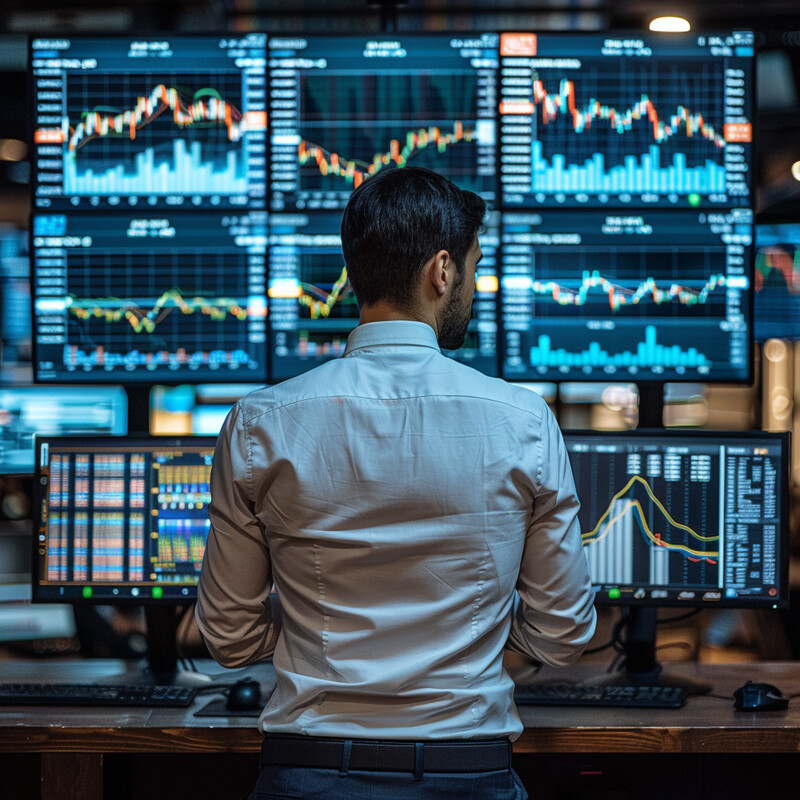
The efficacy of AI in crypto market prediction is demonstrated by recent studies. In 2024, researchers Omole and Enke developed a deep learning model (combining CNN and LSTM architectures) to predict Bitcoin’s price direction, achieving about 82.4% accuracy on test data (Omole & Enke, 2024). When they simulated trading with this model’s signals, the strategy yielded extraordinary results – an annualized return of over 6600% in backtesting, compared to holding Bitcoin or using simpler strategies. This extreme return underscores the potential profit of AI-informed trading (though such results are in controlled simulations). The high predictive accuracy (well above baseline methods) indicates that AI can capture meaningful patterns in crypto markets, giving traders a substantial edge in timing buys and sells.
6. Personalized Blockchain Services
AI enables more personalized user experiences in blockchain applications, tailoring services to individual needs. For example, in financial services built on blockchain (like decentralized finance or crypto-banking), AI can analyze a user’s transaction history and risk profile to recommend custom investment products or optimal loan terms. In blockchain-based gaming or NFT platforms, AI might curate content or assets based on a user’s preferences and behavior. By leveraging machine learning on user data (while still preserving privacy through decentralized storage), providers can deliver personalized insights, such as spending analytics or savings advice, directly through smart contracts or dApps. This personalization improves user engagement and satisfaction, making blockchain services more user-centric similarly to traditional fintech platforms.

There is strong evidence that consumers value AI-driven personalization in financial services. A 2023 industry report found that 84% of banking customers would consider switching to a provider offering AI-powered financial insights and advice, and likewise 74% said they would remain loyal to a bank that helps them reach financial goals via AI-driven personalized features (Personetics, 2023). This indicates that users increasingly expect bespoke guidance (like tailored budgeting tips, alerts, or product recommendations) as part of their digital finance experience. By extension, blockchain services that incorporate AI to provide timely, relevant advice – for instance, a crypto wallet that uses AI to suggest portfolio moves or detect overspending – are likely to attract and retain more users. Personalization through AI is thus becoming a key competitive factor in blockchain-based offerings, in line with broader fintech trends.
7. Regulatory Compliance Monitoring
AI helps blockchain platforms and financial institutions meet regulatory compliance by automatically monitoring transactions for suspicious activities. Compliance in areas like anti-money laundering (AML), know-your-customer (KYC), and sanctions screening generates huge data workloads – AI systems can handle this scale by rapidly analyzing transaction flows and user patterns. Machine learning models are trained to flag unusual behaviors (e.g., sudden large transfers, structuring of transactions, or mixing services usage) that might indicate illicit activity on a blockchain. AI can cross-reference blockchain data with external databases (like sanction lists or identity documents) to ensure participants comply with laws. By reducing false alarms and catching true issues, AI-driven compliance tools make oversight more effective and efficient, easing the burden on human compliance officers.
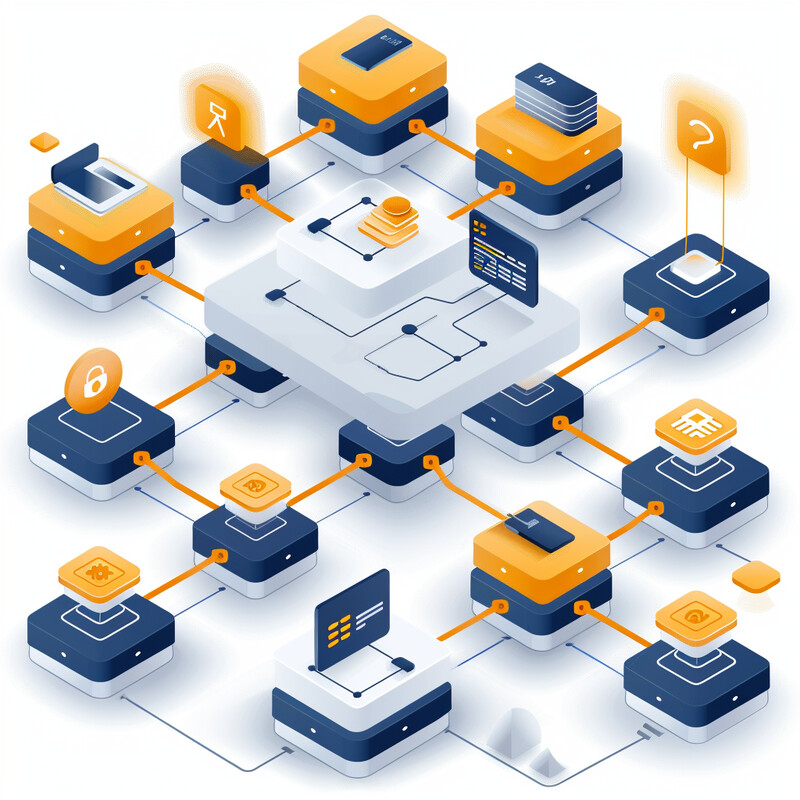
Financial institutions report substantial improvements in AML compliance after deploying AI. For example, Standard Chartered Bank noted that its AI-powered AML system led to a 50% reduction in false-positive alerts and a 60% increase in detection of actual money laundering cases, compared to prior manual-intensive processes (Lee, 2025). This means compliance teams spent far less time chasing erroneous flags and could focus on real risks. Similarly, other global banks have found that AI models can review customers and transactions continuously, 24/7, identifying risk patterns that traditional rules missed – all while adapting to new fraud tactics. These outcomes illustrate how AI strengthens blockchain compliance monitoring, catching more illicit activity with fewer wasted resources.
8. Enhanced Consensus Mechanisms
Researchers are exploring AI to improve consensus mechanisms – the algorithms by which blockchain nodes agree on the ledger. AI can potentially make consensus more adaptive and secure. For instance, a machine learning model might predict which network nodes are most reliable or fast and adjust the leader selection in a proof-of-stake system accordingly. In blockchains with dynamic consensus (like certain delegated or rotating schemes), AI could optimize parameters (such as block time or difficulty) in real time based on network conditions. The goal is to increase throughput and fault-tolerance: AI might help the network quickly detect and isolate faulty or malicious nodes by learning their behavior patterns. While still an emerging field, marrying AI with consensus could lead to blockchains that configure themselves for optimal performance and resilience.
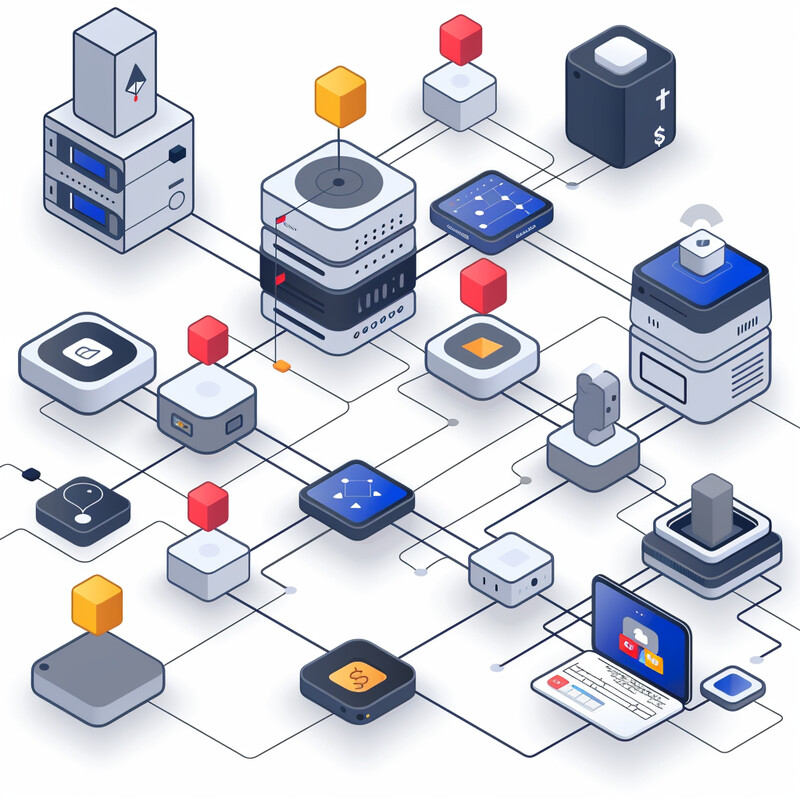
Early experiments show measurable benefits of AI-assisted consensus. In one 2024 study focused on a vehicular blockchain network, an AI-based node selection mechanism was introduced into the consensus process, improving the network’s stability by about 17% and overall trust (node reputation scores) by ~7% compared to the standard method (Murugan et al., 2024). By intelligently choosing the most stable nodes to participate in consensus rounds, the AI system reduced the likelihood of node failures or forks during block production. This resulted in more consistent block times and fewer errors. Although these tests were in specialized settings, they provide a proof-of-concept that AI can bolster consensus reliability and efficiency, which could be applied to mainstream blockchain networks in the future.
9. Interoperability Between Blockchains
AI can facilitate interoperability – the ability of different blockchains to communicate and work together – by intelligently managing cross-chain interactions. Interoperability often requires complex “bridges” or protocols to transfer assets and data between chains; AI algorithms can optimize these transfers by choosing the fastest or most secure route across multiple networks. For example, if a transaction needs to move from one blockchain to another, an AI system could predict which intermediary network is least congested or cheapest at that moment and route through it. AI can also assist in standardizing data formats between blockchains by using machine learning to translate or validate transactions across different systems. Ultimately, AI acts as a smart router and translator in a multi-blockchain environment, helping to overcome compatibility issues and improving the speed and reliability of cross-chain operations.
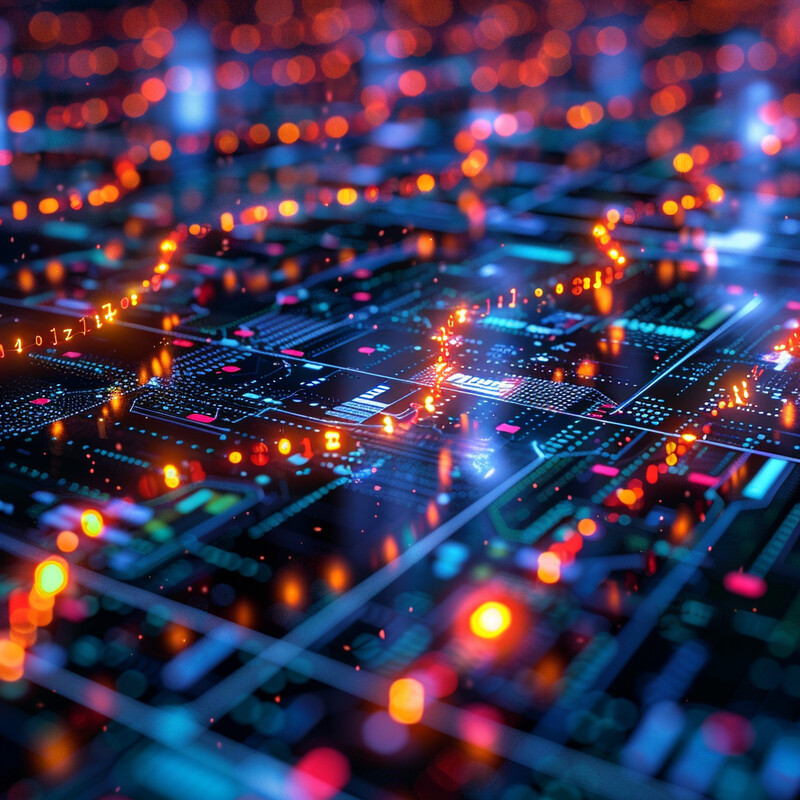
The growing demand for cross-chain functionality underscores the need for such intelligent solutions. The blockchain interoperability market is projected to surge from about $0.65 billion in 2024 to $7.9 billion by 2034, a greater than tenfold increase (Market Research Future, 2023). This reflects an annual growth rate of roughly 28%, as businesses seek to link disparate blockchain platforms into unified ecosystems. Experts anticipate that AI and machine learning will be key in this growth – by analyzing transaction patterns, predicting network congestion, and automatically routing transfers through the most efficient paths between chains. As interoperability networks scale up in volume and complexity, AI-driven automation will likely become essential to coordinate cross-chain exchanges seamlessly without human intervention, ensuring speed and security at scale.
10. Automated Asset Management
AI is increasingly used for automated asset management in the blockchain and cryptocurrency domain. These are essentially “robo-advisors” or algorithmic strategies managing crypto portfolios or funds without constant human input. AI can continuously rebalance a portfolio of digital assets based on market trends, optimize yield from DeFi platforms by moving funds between lending pools, or automatically execute trades when certain conditions are met. By learning from historical data, AI systems can adjust investment strategies to manage risk – for instance, reducing exposure to volatile assets during downturns. Such automation brings the promise of 24/7 asset management that quickly responds to market changes (important in crypto markets that never close). For users, this means potentially more consistent returns and less need for active oversight of their blockchain investments.
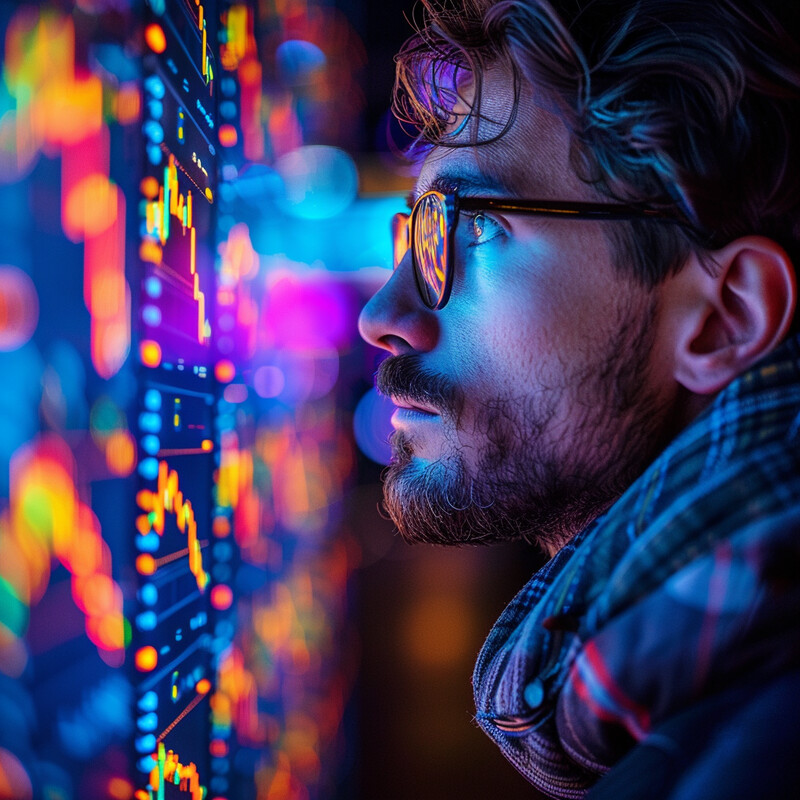
The impact of AI on asset management is evident from its success in traditional finance, which is now extending into crypto. As of 2023, AI-driven investment platforms (“robo-advisors”) manage over $350 billion in assets globally, by providing algorithmic portfolio management at low cost (Al-Shama, 2023). These platforms offer personalized, data-driven investment advice and automatically adjust holdings to maintain target risk levels or goals. In the cryptocurrency space, similar AI-powered asset management services have emerged, ranging from trading bots on exchanges to AI-managed crypto index funds. While the crypto segment is newer, the large adoption of robo-advisors in mainstream finance suggests a growing comfort with automated, AI-led strategies. We are likely to see a convergence where more individuals entrust AI with managing their digital assets, expecting it to exploit market opportunities and hedge risks more efficiently than a human could.